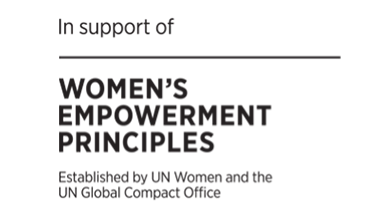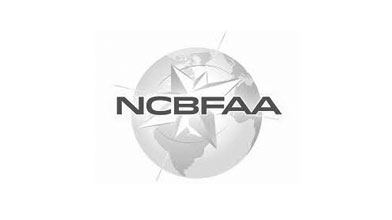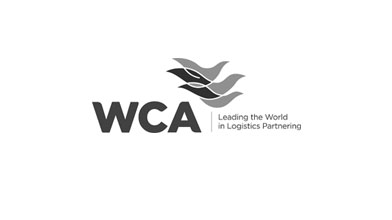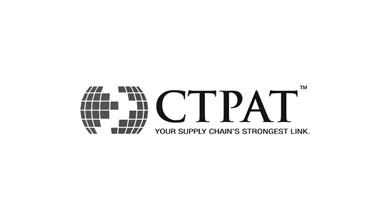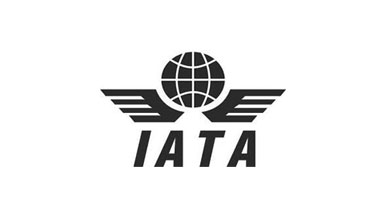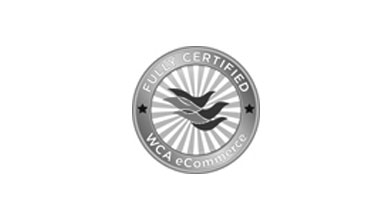customs-trade partnership against terrorism (c-tpat)
Customs Trade Partnership Against Terrorism (CTPAT) is just one segment in U.S. Customs and Border Protection’s (CBP) multi-layered cargo enforcement strategy. Through the Security and Accountability for Every Port Act of 2006, CBP works with the trade community to strengthen international supply chains and improve United States border security.
CTPAT is a voluntary, public-private sector partnership program which recognizes that CBP can provide the highest level of cargo security only through close cooperation with the principle stakeholders of the international supply chain such as importers, carriers, consolidators, licensed customs brokers, and manufacturers.
CTPAT BENEFITS
CTPAT Partners enjoy a variety of benefits, including taking an active role in working closer with the U.S. Government in its war against terrorism. As they do this, Partners are able to better identify their own security vulnerabilities and take corrective actions to mitigate risks.
Some of the benefits of the program include:
- Reduced number of CBP examinations
- Front of the line inspections
- Possible exemption from Stratified Exams
- Shorter wait times at the border
- Assignment of a Supply Chain Security Specialist to the company
- Access to the Free and Secure Trade (FAST) Lanes at the land borders
- Access to the CTPAT web-based Portal system and a library of training materials
- Possibility of enjoying additional benefits by being recognized as a trusted trade Partner by foreign Customs administrations that have signed Mutual Recognition with the United States
- Eligibility for other U.S. Government pilot programs, such as the Food and Drug Administration’s Secure Supply Chain program
- Business resumption priority following a natural disaster or terrorist attack
- Importer eligibility to participate in the Importer Self-Assessment Program (ISA)
- Priority consideration at CBP’s industry-focused Centers of Excellence and Expertise

HOW C-TPAT WORKS
When an entity joins C-TPAT, an agreement is made to work with CBP to protect the supply chain, identify security gaps, and implement specific security measures and best practices. Applicants must address a broad range of security topics and present security profiles that list action plans to align security throughout the supply chain.
C-TPAT members are considered to be of low risk, and are therefore less likely to be examined at a U.S. port of entry.
CTPAT MINIMUM SECURITY CRITERIA & GUIDELINES
In order to be accepted into C-TPAT, your company must be able to meet certain security requirements.
importers
IMPORTER ELIGIBILITY REQUIREMENTS
- Be an active U.S. Importer or Non-Resident Canadian Importer into the United States.
- Have a business office staffed in the United States or Canada.
- Have an active U.S. importer of record ID in either of the following formats: U.S. Social Security Number, U.S. Internal Revenue Service assigned ID(s), or CBP assigned Importer ID.
- Possess a valid continuous import bond registered with CBP.
- Have a designated company officer that will be the primary cargo security officer responsible for CTPAT.
- Commit to maintaining the CTPAT supply chain security criteria as outlined in the CTPAT Importer agreement.
- Create and provide CBP with a CTPAT supply chain security profile, which identifies how the Importer will meet, maintain, and enhance internal policy to meet the C-TPAT Importer security criteria.
CBP RESOURCE: LINK TO EXPORTER CTPAT ELIGIBILITY REQUIREMENTS
CBP RESOURCE: LINK TO FOREIGN MANUFACTURER CTPAT ELIGIBILITY REQUIREMENTS
links to cbp resources
- 7-Point Container Inspection Checklist
- 17 – Point Inspection Checklist
- Access Device Controls
- Business Partner Outreach Log
- Business Partner Screening Table
- Discrepancy Log
- Outreach Letter to Business Partners
- Personnel Security Screening
- Potential Indicators of Suspicious Cargo Activities
- Recommended Seal Procedures Including Best Practices
- Reporting Poster
Customs-Trade Partnership Against Terrorism (C-TPAT)
Customs Trade Partnership Against Terrorism (C-TPAT) is just one segment in U.S. Customs and Border Protection’s (CBP) multi-layered cargo enforcement strategy. Through the Security and Accountability for Every Port Act of 2006, CBP works with the trade community to strengthen international supply chains and improve United States border security.
C-TPAT is a voluntary, public-private sector partnership program which recognizes that CBP can provide the highest level of cargo security only through close cooperation with the principle stakeholders of the international supply chain such as importers, carriers, consolidators, licensed customs brokers, and manufacturers.
C-TPAT BENEFITS
C-TPAT Partners enjoy a variety of benefits, including taking an active role in working closer with the U.S. Government in its war against terrorism. As they do this, Partners are able to better identify their own security vulnerabilities and take corrective actions to mitigate risks.
Some of the benefits of the program include:
- Reduced number of CBP examinations
- Front of the line inspections
- Possible exemption from Stratified Exams
- Shorter wait times at the border
- Assignment of a Supply Chain Security Specialist to the company
- Access to the Free and Secure Trade (FAST) Lanes at the land borders
- Access to the C-TPAT web-based Portal system and a library of training materials
- Possibility of enjoying additional benefits by being recognized as a trusted trade Partner by foreign Customs administrations that have signed Mutual Recognition with the United States
- Eligibility for other U.S. Government pilot programs, such as the Food and Drug Administration’s Secure Supply Chain program
- Business resumption priority following a natural disaster or terrorist attack
- Importer eligibility to participate in the Importer Self-Assessment Program (ISA)
- Priority consideration at CBP’s industry-focused Centers of Excellence and Expertise

HOW C-TPAT WORKS
When an entity joins C-TPAT, an agreement is made to work with CBP to protect the supply chain, identify security gaps, and implement specific security measures and best practices. Applicants must address a broad range of security topics and present security profiles that list action plans to align security throughout the supply chain.
C-TPAT members are considered to be of low risk, and are therefore less likely to be examined at a U.S. port of entry.
C-TPAT MINIMUM SECURITY CRITERIA & GUIDELINES
In order to be accepted into C-TPAT, your company must be able to meet certain security requirements.
importers
IMPORTER ELIGIBILITY REQUIREMENTS
- Be an active U.S. Importer or Non-Resident Canadian Importer into the United States.
- Have a business office staffed in the United States or Canada.
- Have an active U.S. importer of record ID in either of the following formats: U.S. Social Security Number, U.S. Internal Revenue Service assigned ID(s), or CBP assigned Importer ID.
- Possess a valid continuous import bond registered with CBP.
- Have a designated company officer that will be the primary cargo security officer responsible for C-TPAT.
- Commit to maintaining the C-TPAT supply chain security criteria as outlined in the C-TPAT Importer agreement.
- Create and provide CBP with a C-TPAT supply chain security profile, which identifies how the Importer will meet, maintain, and enhance internal policy to meet the C-TPAT Importer security criteria.
CBP RESOURCE: LINK TO EXPORTER C-TPAT ELIGIBILITY REQUIREMENTS
CBP RESOURCE: LINK TO FOREIGN MANUFACTURER C-TPAT ELIGIBILITY REQUIREMENTS
links to cbp resources
- 7-Point Container Inspection Checklist
- 17 – Point Inspection Checklist
- Access Device Controls
- Business Partner Outreach Log
- Business Partner Screening Table
- Discrepancy Log
- Outreach Letter to Business Partners
- Personnel Security Screening
- Potential Indicators of Suspicious Cargo Activities
- Recommended Seal Procedures Including Best Practices
- Reporting Poster
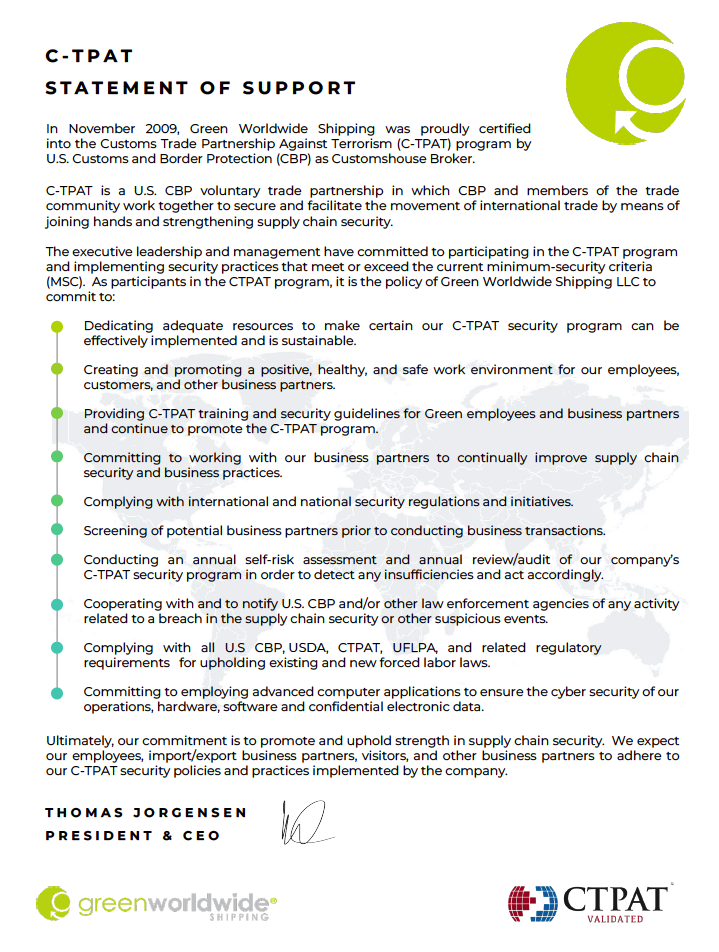
get latest posts to your email


